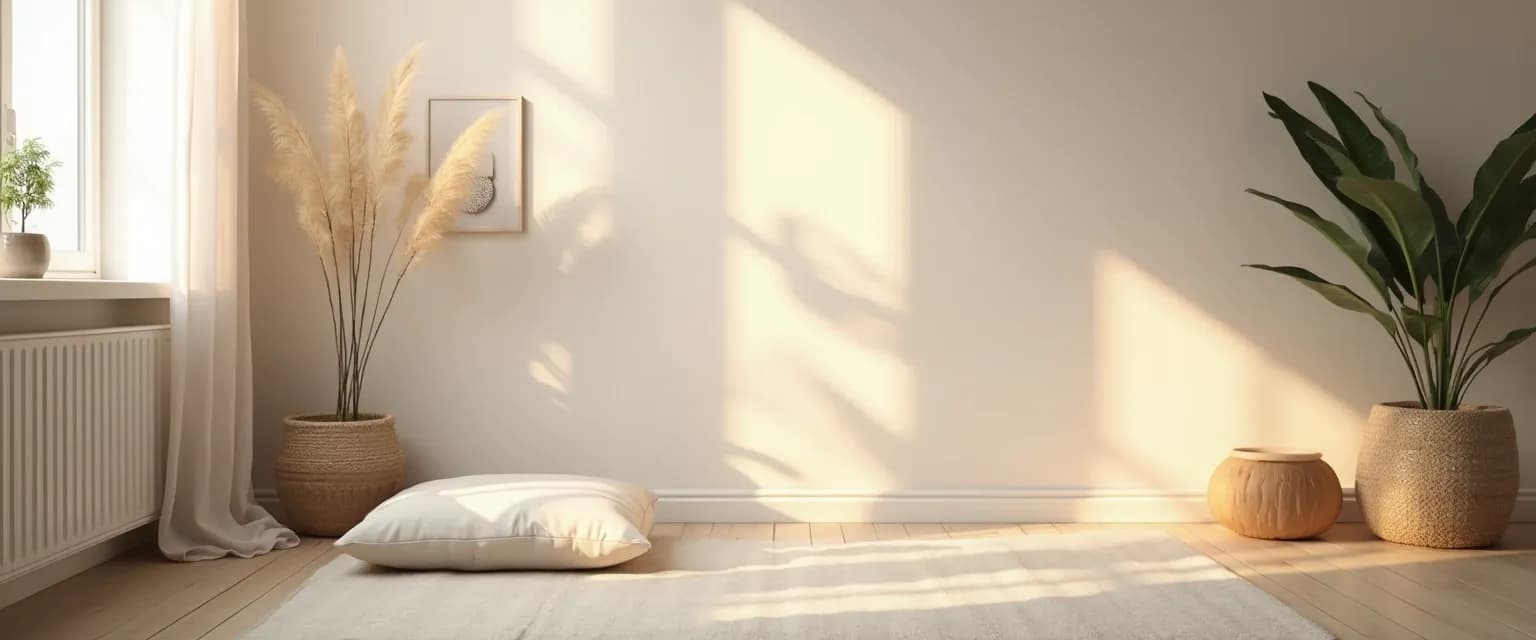How to Create Your Own Re:Mind Studio Space at Home for Mental Wellness
Ever caught yourself daydreaming about a peaceful corner where life's chaos momentarily pauses? Creating your own re mind studio at home might be exactly what you need. Unlike expensive wellness retreats, a re mind studio space can exist right in your living environment, serving as your personal sanctuary for emotional regulation and mindfulness practices. The concept of a re mind studio isn't about luxury—it's about carving out an intentional space that supports your mental wellness journey, regardless of your living situation or budget constraints.
The beauty of a home re mind studio lies in its accessibility. Whether you're dealing with daily stress management or simply need a dedicated space for emotional recalibration, having your own re mind studio creates a physical boundary between your busy life and your wellness practice. Research shows that designated spaces for mindfulness can significantly enhance practice consistency and effectiveness—turning occasional mindfulness into a sustainable habit.
What makes an effective re mind studio isn't elaborate equipment or Instagram-worthy aesthetics, but thoughtful design that supports your mental wellness goals. Even the smallest apartment corner can transform into a powerful re mind studio with the right elements in place.
Essential Elements of Your Home Re Mind Studio Space
Creating your re mind studio begins with location selection—finding that perfect spot that naturally feels separate from your everyday living areas. The ideal re mind studio location might be a quiet corner in your bedroom, an unused nook under a staircase, or even a transformed closet space. The key is choosing an area with minimal traffic and distractions that can be consistently available for your practice.
Lighting for Mindfulness
Lighting dramatically influences the effectiveness of your re mind studio environment. Natural light creates an uplifting atmosphere that connects you with nature's rhythms, while adjustable artificial lighting allows flexibility for different practices. Budget-friendly options include repositionable floor lamps, dimmable bulbs, or even string lights that create a gentle, ambient glow—perfect for a calming re mind studio atmosphere without major investments.
Sound Management
Your re mind studio experience greatly benefits from thoughtful sound control. You don't need expensive soundproofing—simple solutions like strategically placed bookshelves, fabric wall hangings, or even a white noise machine can create the acoustic environment needed for effective mindfulness practice. Many re mind studio enthusiasts find that portable door draft stoppers double as excellent sound barriers when placed along door gaps.
Comfort Essentials
The foundation of any successful re mind studio is comfortable seating that supports proper posture without causing discomfort during extended sessions. This doesn't require specialized meditation furniture—a supportive cushion, folded blanket, or even a comfortable chair can serve as your re mind studio seating. The goal is finding an option that allows you to remain present rather than distracted by physical discomfort.
Personalizing Your Re Mind Studio for Maximum Benefit
The most effective re mind studio spaces reflect your personal wellness journey through meaningful objects that anchor your practice. Consider incorporating items that represent your intentions—perhaps a small plant symbolizing growth, a meaningful stone for grounding, or artwork that evokes calm. These elements aren't mere decorations but practical tools that enhance your re mind studio practice by creating visual reminders of your wellness goals.
Nature elements serve as powerful additions to any re mind studio design. Even in limited spaces, small potted plants, a tabletop fountain, or a bowl of natural objects like pinecones or stones can forge a connection to the natural world. This biophilic approach to re mind studio design has been shown to reduce stress levels and improve cognitive function during mindfulness practices.
Creating an effective digital boundary is equally important for your re mind studio space. Consider implementing a "device basket" just outside your area where electronics are deposited before entering. This simple practice helps signal to your brain that your re mind studio is a space for presence, not digital distraction. Many find that this boundary-setting technique makes their re mind studio practice significantly more effective.
Maintaining your re mind studio's serenity requires regular attention. Dedicate five minutes after each use to reset the space—straightening cushions, clearing any items, and preparing it for your next session. This small habit ensures your re mind studio remains a welcoming sanctuary rather than another cluttered area of your home.
Remember that your re mind studio doesn't need to be perfect to be effective. The most important aspect is creating a space that supports your personal mindfulness journey, however modest. By implementing these re mind studio principles, you're creating more than just a physical space—you're establishing a powerful tool for ongoing emotional wellness that's always accessible, right in your own home.




